Today, we are going to introduce our children to simple, easy, and fun science experiments using plastic bags.
Science projects using Plastic Bags
Have a look at various unique and creative science activities using plastic bags to engage your kids.

1. Observing Seed Germination in a Plastic Bag
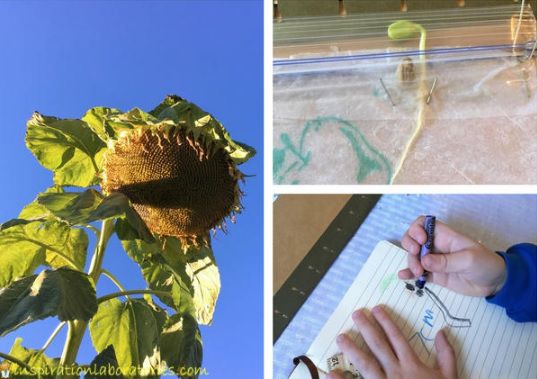
As a parent and teacher, we all are asked about how a small seed is germinated in to a big tree by our children and students.
This simple and easy science activity will be very helpful to introduce children to environmental science and plant science.
Just click here to explore the plant and environmental science at one place here: Observing Seed Germination in a Plastic Bag
2. How to Make Plastic Gelatine Bio-plastic Science Project
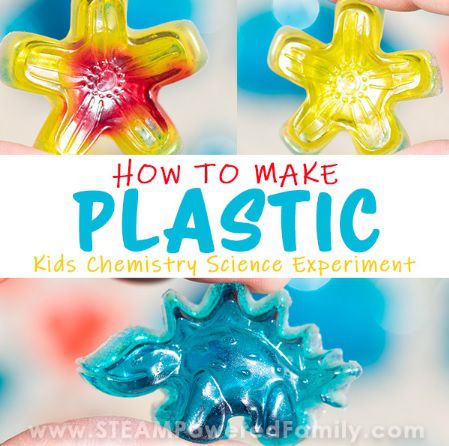
Saving the earth sounds intricate but with some simple science activities we can share our responsibility to bring green earth.
Teaching kids about plastics and its effects on the environment is equally important to save our earth.
In this experiment, we are going to make Bio-Plastic that is clear, using another kitchen staple, gelatin!
Explore the activity here: How to Make Plastic Gelatine Bio-plastic Science Project
3. Popping Bags for Fun Outdoor Science
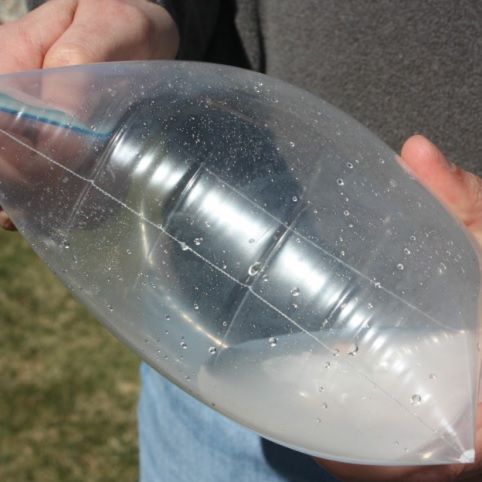
Popping bags for fun outdoor science is a must try science activity!
An excellent way to demonstrate kids about chemical reactions, especially exothermic reactions. Engage your children’s after school time with this cool and fun activity while learning the chemical science.
Also, kids discover how baking soda and vinegar reacts in a closed plastic bag.
Click here: Popping Bags for Fun Outdoor Science
4. What makes Ice melt faster Simple Science Experiment?
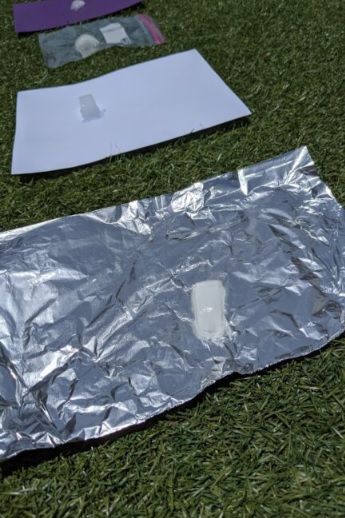
Conducting this simple science experiment lets your children learn about the basic properties of ice.
What makes ice melt faster science experiment is a Summer Day vacation Science Project for elementary to high grade children.
See more details here: What makes Ice melt faster Simple Science Experiment?
5. Make Ice Cream in a Plastic Bag Science Experiment
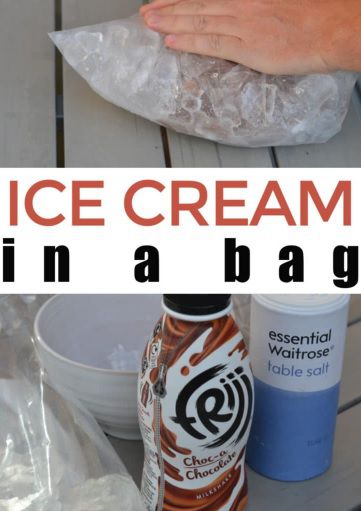
Did you know you can make yummy ice cream in a plastic bag in just 10 minutes? Absolutely Yes.
This awesome kitchen science experiment for kids involves lots of interesting chemistry and you end up with a great tasting dessert at the end!
Step-by-step instructions mentioned here: Make Ice Cream in a Plastic Bag Science Experiment
6. Growing Beans in a Plastic Bag
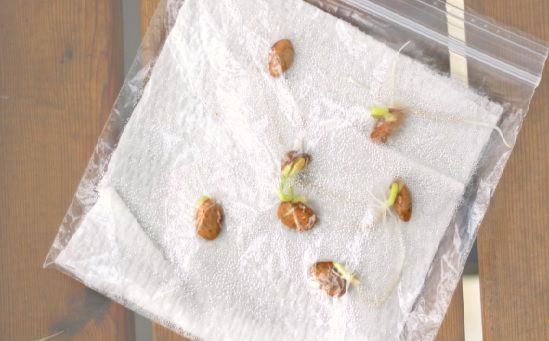
Growing Beans in a Plastic Bag science activity works as an excellent tool to explore plant science.
This science project is very hands-on and easy to set up activity helps elementary and high school children to learn some of their first lessons in plant biology!
Click here for the complete instructions: Growing Beans in a Plastic Bag
7. Easy Hands-On Air Pressure Science Experiment with Plastic Bags
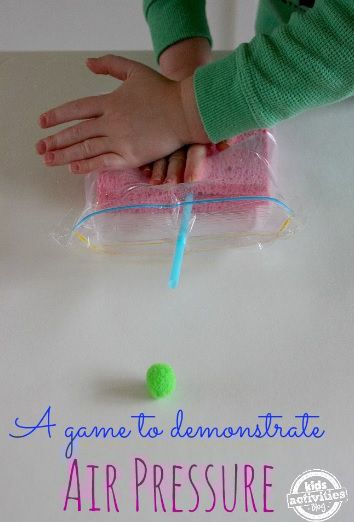
If you are looking for a simple science project, then this awesome Easy Hands-On Air Pressure Science Experiment with Plastic Bags is a great way to explore about simple concepts of science such as Air Pressure.
Have a look at : Easy Hands-On Air Pressure Science Experiment with Plastic Bags
8. The Leak Proof Plastic Bag: A kid-friendly science lesson about polymers
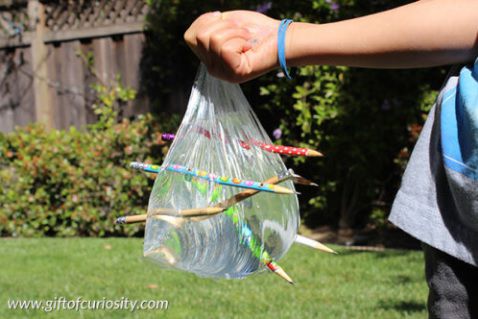
What happens to water filled plastic bag when poked with sharpened pencils? Did you know that the plastic bag doesn’t leak even it is poked with sharp pencils or any other sharp object?
The Leak Proof Plastic Bag to teach kids about polymers, specifically a polymer called low-density polyethylene (LDPE) and also kids learn the magical science behind the technique of leak proof plastic bag.
Find more details here: The Leak Proof Plastic Bag: A kid-friendly science lesson about polymers
9. Color Theory with Squishy Plastic Bags
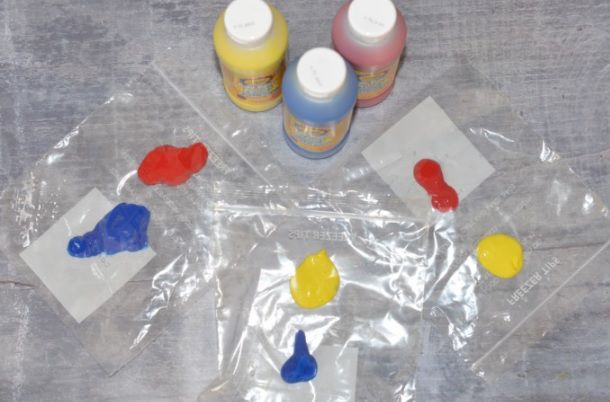
Squishy plastic bags are a great, mess free way to experiment with mixing colours and gives fun experience while investigating color theory.
Beautiful, interesting, fun, and non-toxic science experiment.
Children will learn how primary colors are mixed up and form secondary and tertiary colors with this super cool science activity.
Do not miss to check out Color Theory with Squishy Plastic Bags for more information in detail.
10. Plastic Decomposition Science Experiment
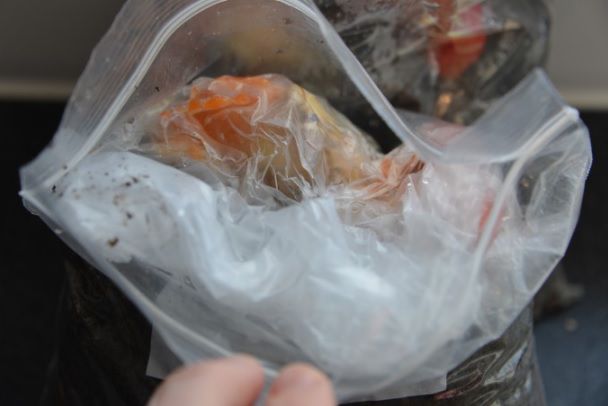
Plastic decomposition is a simple science experiment that is popular to make kids learn about plastic decompose which is much slower than food decomposition.
Kids will have a ton of fun while learning various decomposition methods at the same time.
Get more details of the experiment here: Plastic Decomposition Science Experiment
Few Facts About Plastic Bags
There are different types and kinds of plastic bags in this world. Among them, many types of Plastic bags are not readily bio-degradable.
Especially, there are some types of plastic which are not bio-degradable when they buried in to the ground where oxygen sources are very less.
But the good thing is that there are a few plastics that can be decomposed easily using photo decomposition method, which is applied in the presence of sun light.
Coming to the standard polyethylene bags, they do not bio-degrade and when they get exposed to ultra violet rays, the molecules in them become brittle and start cracking down in to small pieces.
Under normal sun light conditions, it takes hundreds to thousand years for the same thing to happen.
Oxo-biodegradable plastic bags are another kind of plastic which is made using petroleum products like polyethylene bags.
When the Oxo-biodegradable plastic bags are exposed to sun light and air, firstly they start decomposing by breaking in to fragments.
This whole process takes minimum three to four months. But when placed in a landfill, these fragments use bacteria in the soil for further decomposition and the process takes minimum 12- 18 months and eventually the fragments will finally converted in to water, carbon dioxide, and humus.
